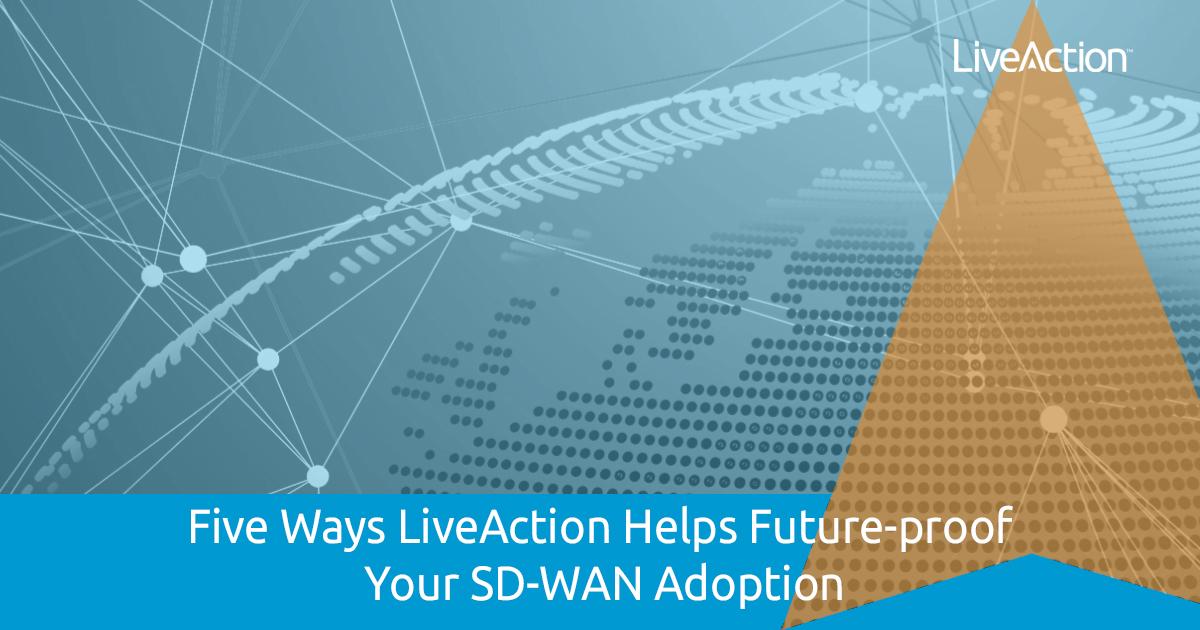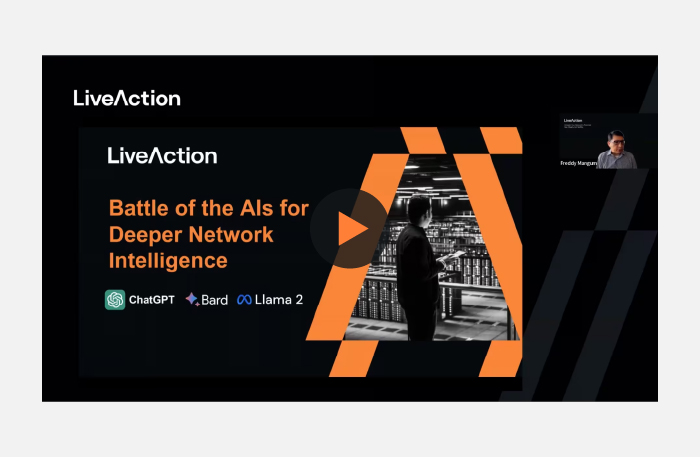
Network Monitoring for Hybrid Cloud Environments
Enterprises continue to drive digital transformation for their business by adopting a cloud or hybrid cloud model. While some may still have reservations of the emerging technologies, it is abundantly clear that this is not going away anytime soon – in fact, it’s quite the opposite. According to Gartner, spending on Cloud infrastructure will only continue to grow, estimating that by 2022 IT spending on cloud infrastructure will reach $88 billion. Organizations looking to adopt next-generation technologies will need to embrace the cloud as these models will put your business ahead of the competition.
However, regardless of where you choose to run aspects of your network infrastructure – adoption of the cloud will add a layer of complexity because it will change how network administrators track performance, latency, and other key elements. Considering the additional complexity, why is a hybrid model so popular these days?
What is Hybrid Cloud Monitoring?
There has been some confusion around defining the hybrid cloud. According to Forrester Research principal analyst Dave Bartoletti, the confusion stems from the term being defined by vendors – which means that it suffers from being in the hands of overzealous marketing departments looking to promote “the next big thing”. Bartoletti defines the hybrid cloud as such, “One or more public clouds connected to something in my data center. That thing could be a private cloud, that thing could just be traditional data center infrastructure.” Understanding this definition, we can say that the hybrid cloud is the combination of one or more public cloud providers (such as AWS) with a private IT infrastructure or private cloud platform.
Monitoring a hybrid cloud environment would then need to enlist the use of a comprehensive solution that has the ability to manage applications and the network across on-premises and cloud infrastructure. A key change between traditional network monitoring and a hybrid cloud environment is also the priority of the NetOps team. Managing infrastructure will still be important, but service availability, applications, and devices will truly be the focus when monitoring the network.
Challenges Monitoring Hybrid Cloud Environments
There can be seemingly endless challenges when monitoring an expansive hybrid network, but what happens when you add the complexity of a hybrid environment? Without the proper planning in place and the right tools for the job you can create quite the mess of the network. It’s incredibly important that each step of an IT rollout is followed to keep the network up and running smoothly.
Once the deployment has launched successfully there are other concerns, including securing the network, visibility, and more. The sheer amount of data that must be consumed and analyzed is an overwhelming task in a legacy network, now imagine the added complexity of a hybrid environment. The ability to create, discover and maintain an up-to-date topology map can also be a grueling effort when dealing with a hybrid environment. As always, fragmented visibility and tool sprawl continues to be a top concern for IT professionals can negatively impact key performance baselines and metrics when monitoring the hybrid cloud.
Best Practices for Hybrid Cloud Monitoring
While there are many challenges to monitoring a hybrid cloud environment, the benefits are not to be forgotten here. Driving digital transformation, lower costs, and a more efficient and reliable network can be game-changing for enterprises still struggling with legacy technologies. There are ways to ease the transition to a hybrid environment including actively monitoring the physical and virtual resources to ensure optimal performance, which in turn, will provide a better user experience for the end-user.
Here are a few tried and true best practices to provide an ideal experience when utilizing the hybrid cloud:
- Choosing the right vendor: Find a reputable, trustworthy vendor is one of the most important factors when looking to adopt a hybrid cloud model. This company will be ensuring that your migration, applications, and network infrastructure will be safe (and secure) with as little impact on the network and your customers as possible.
- Automation is your friend: Considering the additional complexity of a hybrid network, automation can take unnecessary strain off the shoulders of your IT team. Automate various network activities by leveraging Artificial Intelligence or Machine Learning to establish “normal” performance thresholds. This creates a base for automatically identifying anomalies in the network.
- Real-Time Monitoring and Alerts: You’ve chosen the best vendor that matches your current and future needs. Real-time monitoring is a feature, but what about alerting those responsible for the network? If there is an impending network issue what does it help if no one is alerted to it? Customizable and automated alerts is a must-have when performance begins to dip for applications and devices.
- Visibility is key: This cannot be said enough, comprehensive visibility is one of the top challenges for many NetOps teams. There should be no need for additional tools to accomplish this. Limit tool sprawl by finding a solution that provides the best visibility into the network and its applications.
- Advanced troubleshooting: Identifying an issue in the network is only half of the problem, the next step is quickly solving it before it can create larger challenges. Be sure that whatever solution you utilize provides troubleshooting tools to support your IT team.
Choosing a Cloud Monitoring Tool
There is a simple answer to resolving challenges facing IT professionals that are managing a complex hybrid environment – an enterprise network monitoring tool that provides comprehensive visibility. While a free tool may sound tempting from a fiscal perspective, it is more than likely that it will not provide the breadth of coverage that many enterprises will need today and in the future.
LiveNX gives confidence that the network is meeting business objectives, full network visibility for better decisions, and reduced cost to operate the network. Want to get behind the wheel? Request a demo and learn firsthand what LiveNX can do to empower your NetOps team with unmatched network visibility.



